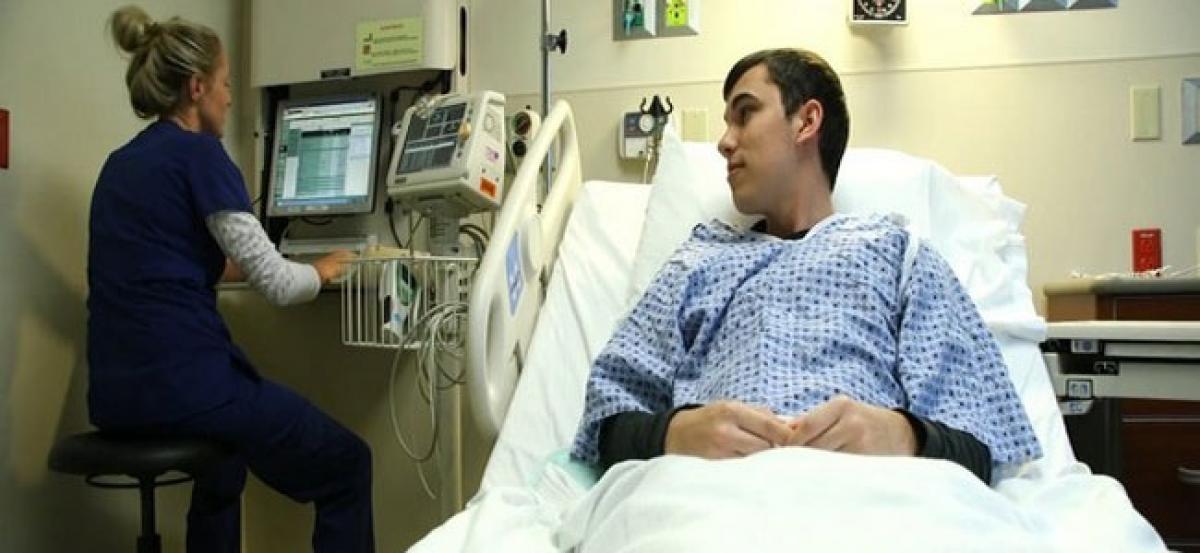Live
- ACI recognition reinforces CSMIA’s role as global leader in airport operations: Jeet Adani
- PM Modi inaugurates projects worth Rs. 2.08 lakh crore in AP
- Gandhi Shilp Bazar National…. Sankranthi Sambaralu Shilparamam Madhapur
- Rajashekar Yasani: Shaping the future of cloud security on a global stage
- Karnataka Government Delaying Ayushman Bharat Scheme, Endangering Elderly Lives- MP Capt. Chowta
- Aatishkumar Dhami: Revolutionizing AI and Software Engineering through Innovation
- Transforming digital landscapes: The product innovation journey of Vinay Acharya
- Vybhav Reddy Kammireddy: Pioneering the future of data analytics and AI solutions
- Angel Funding Platform Launched to Boost Vokkaliga Entrepreneurs
- TGPSC Announces New Job Notifications Starting May 1, 2025









